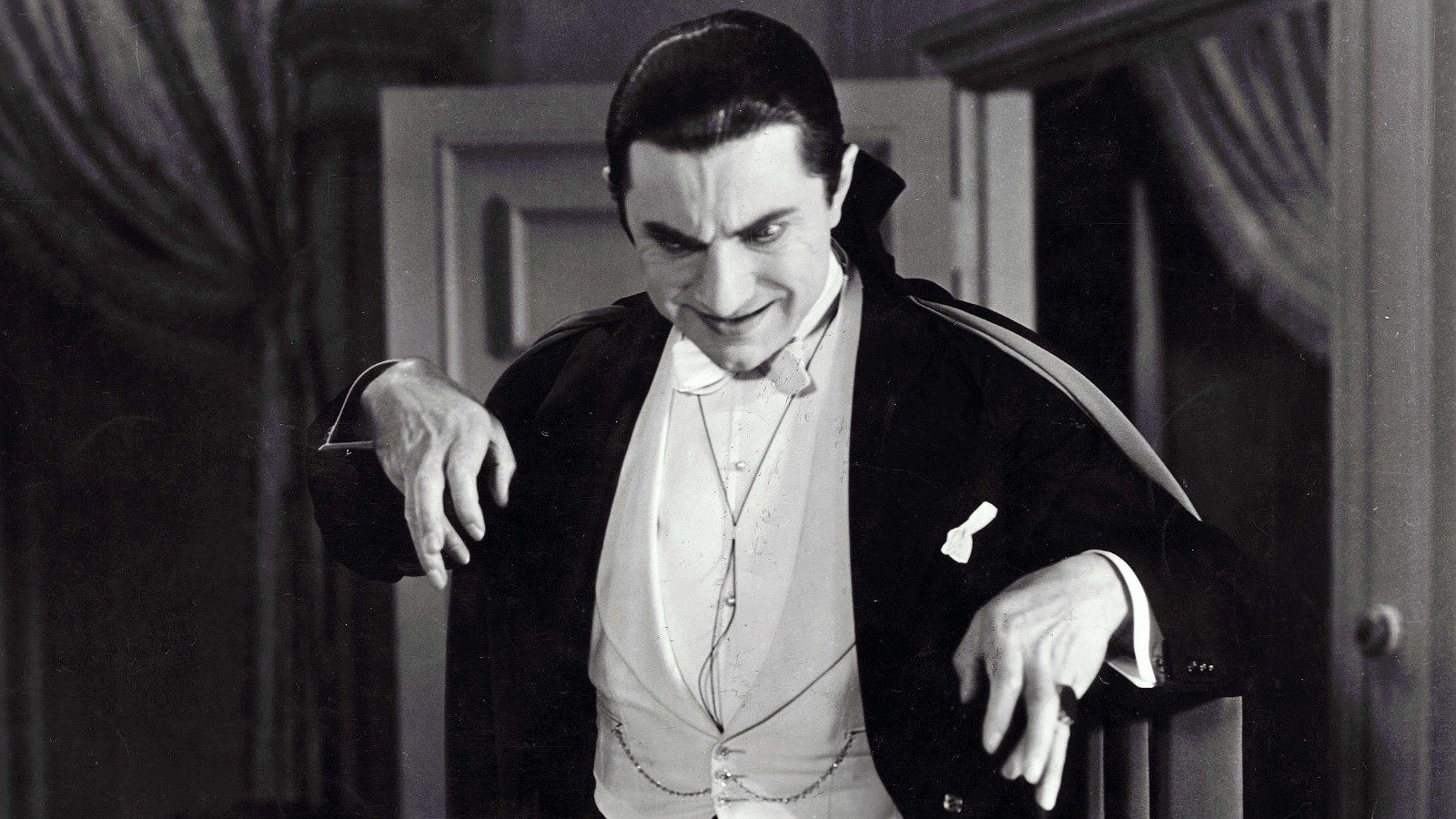Dracula

Dracula
Two years after their first collaboration, The Thirteenth Chair, Browning reunited with the then-little-known Hungarian actor Bela Lugosi to craft a monstrous performance for the ages. Lugosi had originated the role of the count several years prior in the Broadway stage version of Bram Stoker’s 1897 genre-defining novel, and the mysterious, menacing refinement of his interpretation, once committed to film, would leave its mark on every subsequent depiction of the Transylvanian bloodsucker. Browning’s “only true horror film,” as the scholar Vivian Sobchack has characterized it, is an understated and elegantly stylized masterpiece of the uncanny. A macabre work of perverse Gothic melodrama, it kicked off the first cycle of Universal horror films, which would come to define the studio’s corporate and aesthetic identity in the years immediately following Hollywood’s silent-to-sound transition. Centennial restoration print of the original theatrical cut courtesy of Universal Pictures.






